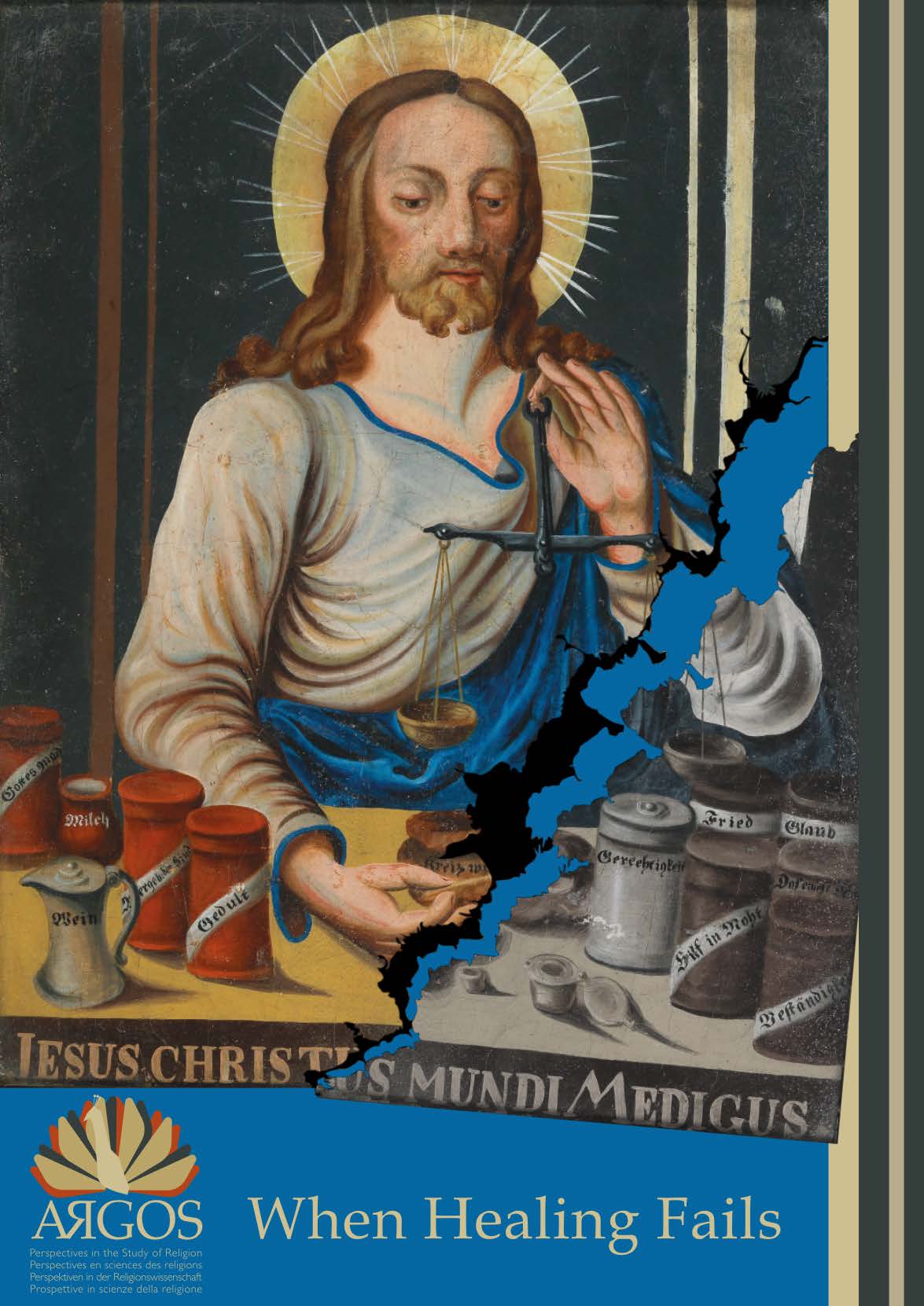Originalbeiträge Übersetzungen Sonderhefte Buchbesprechungen Interviews Foto-Essays
Abstract
Since its inception in 1858, the Lourdes Marian shrine in France has been distinguished by several defining characteristics, including religious practices, ritual performances, and narratives of healing. The global COVID-19 pandemic has had a significant impact on religious culture at the Catholic Sanctuary of Lourdes in multiple ways. This article presents an ethnographic description of the impact of the pandemic on the shrine, based on fieldwork and the analysis of qualitative interviews conducted during the autumn of 2021 and throughout 2022. The article examines historical continuities and inconsistencies in the evaluations of religious practitioners’ ritual practices, with a particular focus on two aspects of Lourdes: first, ritual performances involving the renowned Lourdes water, which are thus framed as healing rituals; secondly, the in-/visibility of sick pilgrims at the sanctuary due to the pandemic. The article demonstrates that although these two aspects transform the sensational form of Lourdes to a considerable extent, as they become partially dysfunctional (at least temporarily), their evaluations by pilgrims and the shrine’s lay helpers are conducted within a stable framework.

Dieses Werk steht unter der Lizenz Creative Commons Namensnennung - Nicht-kommerziell - Weitergabe unter gleichen Bedingungen 4.0 International.
Copyright (c) 2024 Daniel Ellwanger

